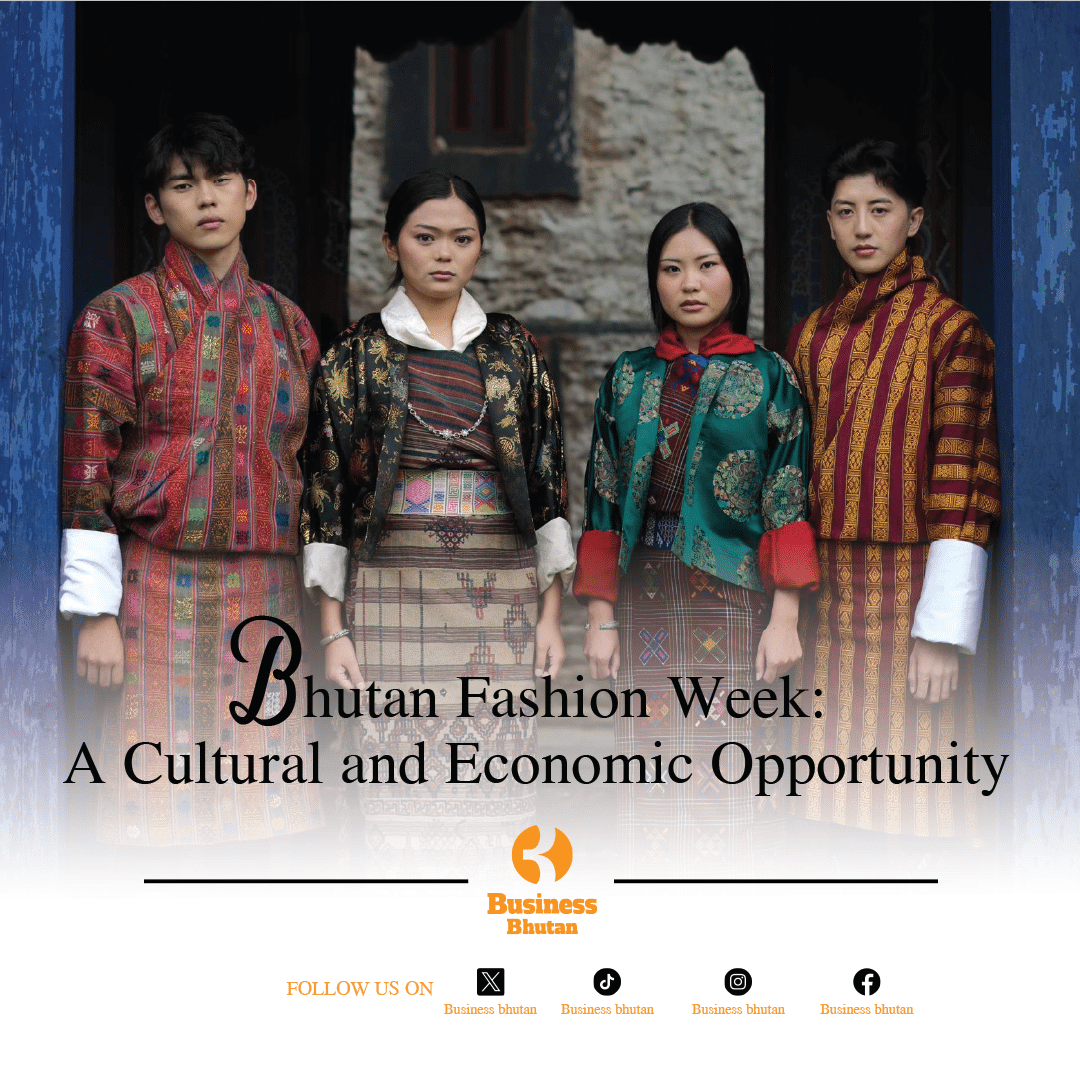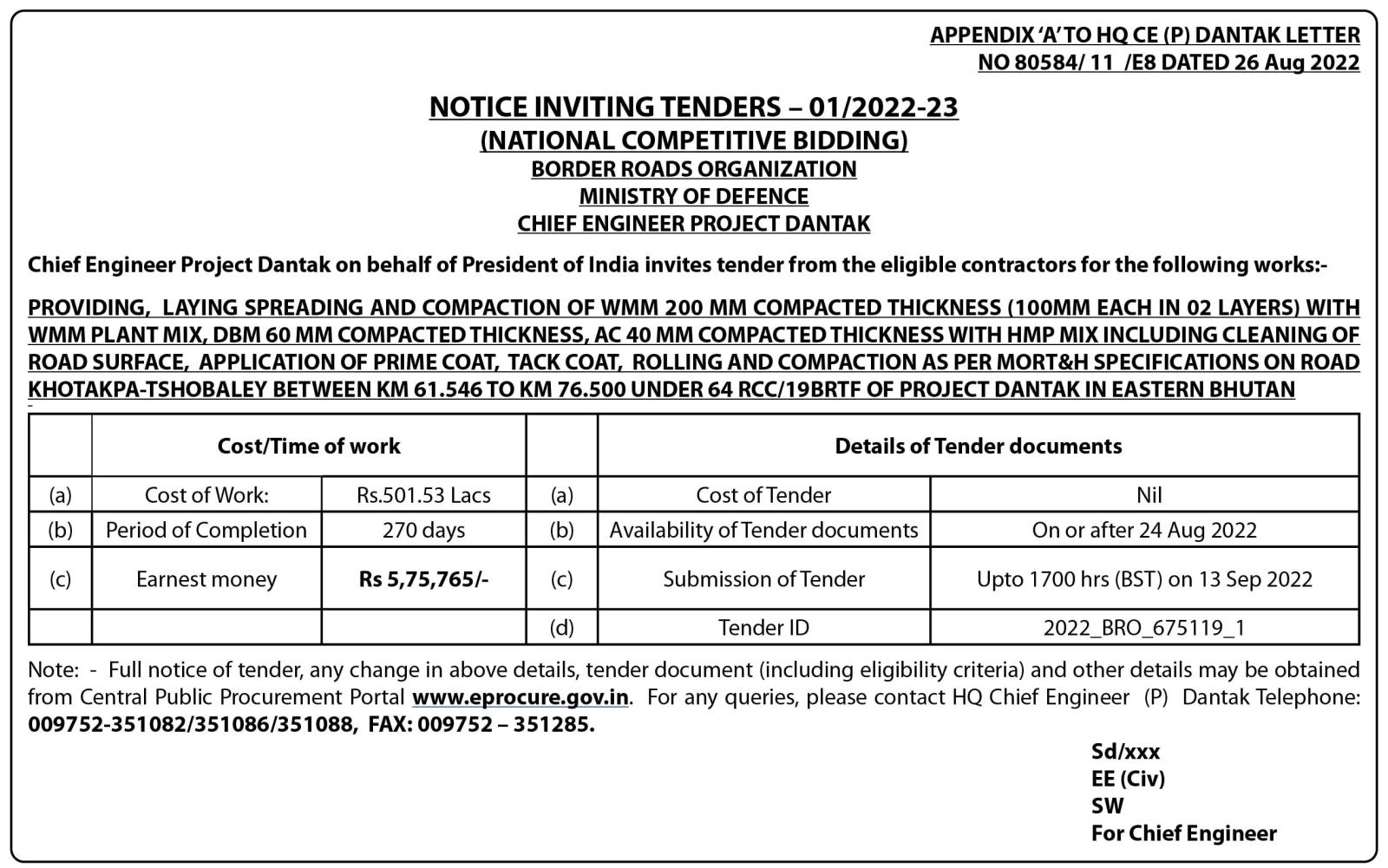Mountain Hazelnuts Venture (MHV) is revolutionizing hazelnut production with an extensive range of pollinator varieties to ensure high yields. With over 30 varieties in its Ngatsang nursery in Monggar, the project focuses on four primary production varieties: Tongs di Giffoni (TdG), Yamhill, Anakaliuri, and Ennis. These varieties are internationally acclaimed for their exceptional quality.
To facilitate optimal pollination, a diverse selection of pollenizers is planted in each orchard. This approach provides a continuous spread of pollen throughout the flowering season. The pollenizer mix includes varieties such as Halls Giant, Camponica, San Giovanni, Tonda di Romana, and Mortarella, among others.
“Tonda di Giffoni has been selected as the main production variety due to its consistent heavy fruiting in trials conducted by the Royal Government of Bhutan (RGoB) in Yusipang and Khangma,” an official from MHV said. “Although the other production varieties are newer, they are showing promising results when paired with the correct pollenizer mix.”
Pollination involves transferring pollen from male flowers to female flowers, which is crucial for fertilization and nut development. Hazelnuts cannot self-pollinate; successful fertilization requires cross-pollination with a different variety. Each hazelnut plant has separate male and female flowers.
“We have identified varieties that produce nuts with desirable traits such as flavor, shape, and size as our main production varieties. To ensure effective cross-pollination, we mix production varieties with various pollen-producing varieties. The timing of pollen shedding differs among varieties, allowing us to maintain a steady supply of pollen throughout the flowering period,” the official iterated.
In Bhutan, both male and female flowering typically occur between December and March, though timing can vary with altitude. Colder climates tend to delay flowering but for shorter durations. Despite these variations, the strategic mix of varieties ensures successful nut production across different altitudes.
“Genetic markers in hazelnut plants prevent closely related varieties from successful fertilization. These markers guide our selection of pollenizers to match the production varieties effectively,” he said.
According to MHV, past failures in hazelnut fruiting were attributed to technical issues. Initially, insufficient numbers of pollenizers were planted due to production constraints in the tissue culture lab. Additionally, late planting of pollenizers led to overcrowding and shading by production trees, which hampered pollen production. In 2019, MHV shifted to grafting pollenizers instead of relying on the tissue culture lab, addressing the supply inconsistencies.
By 2021, MHV identified that the production variety secured was not flowering effectively at lower altitudes due to inadequate “chill hours” — the period during which temperatures are below 7°C. Climate change, with warmer winters becoming more common, exacerbated this issue. “Consequently, we replaced the production variety in orchards below 2400 meters with new varieties suited for lower chill hour requirements. We also improved the pollenizer mix through grafting, enhancing climate resilience in our orchards.”
Meanwhile, MHV is committed to adapting to climate change with robust pollination strategies. Their new varietal mix and grafting techniques ensure long-term sustainability and resilience. Introduced in 2009 as a 100% foreign direct investment (FDI) social enterprise in Bhutan, MHV has responded to grower concerns about fruiting failures by improving pollination techniques and varietal selections.
By Sangay Rabten, Thimphu
















